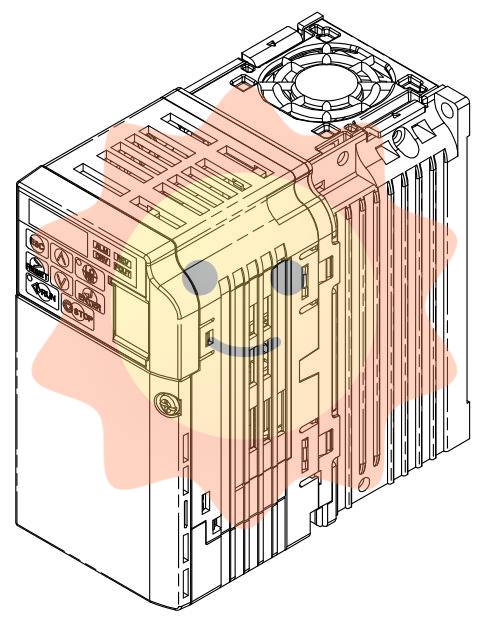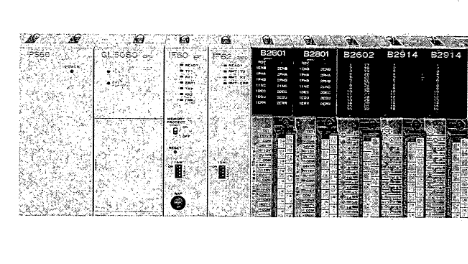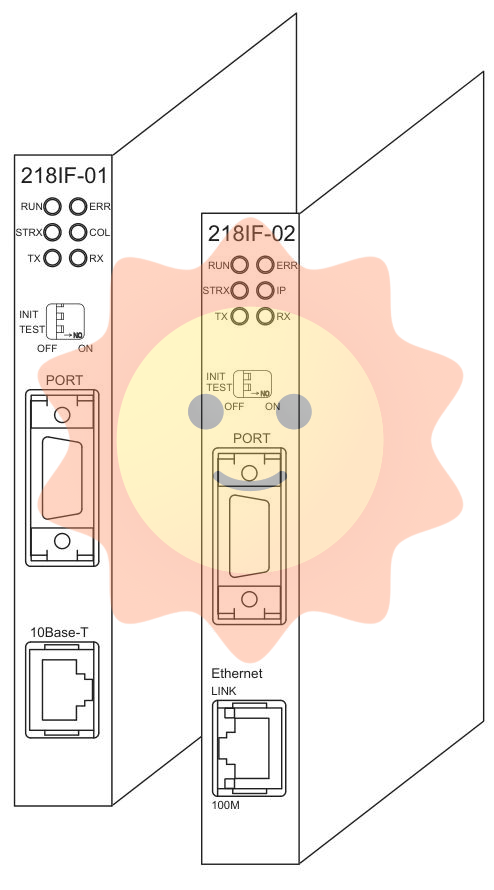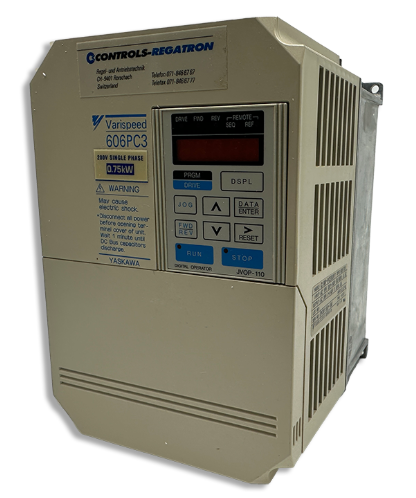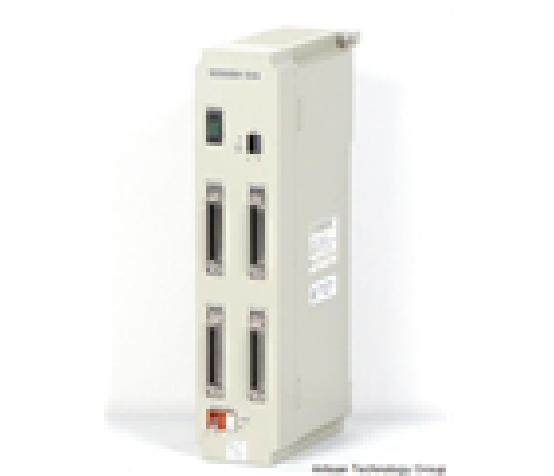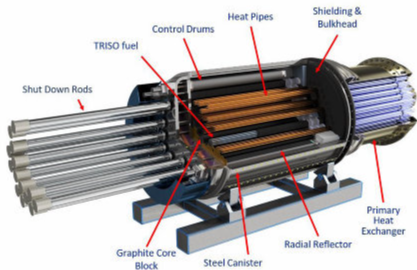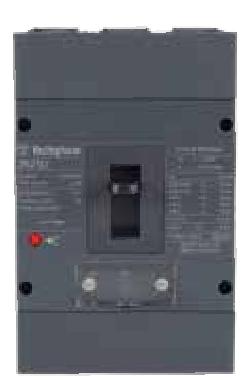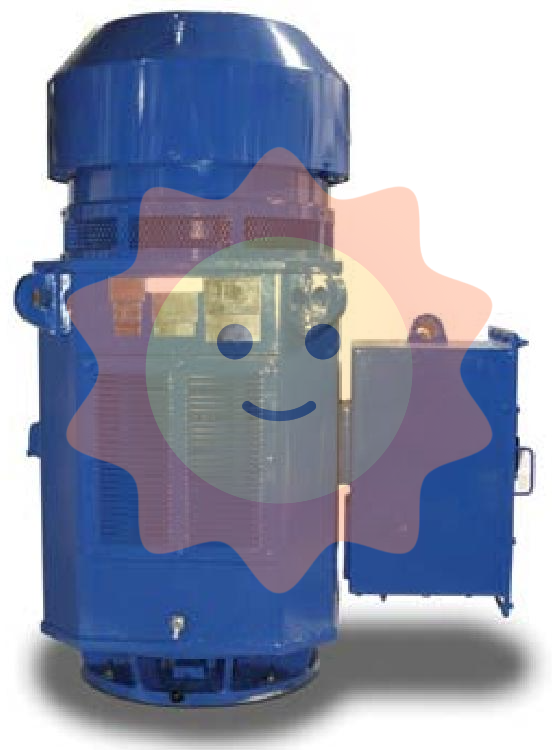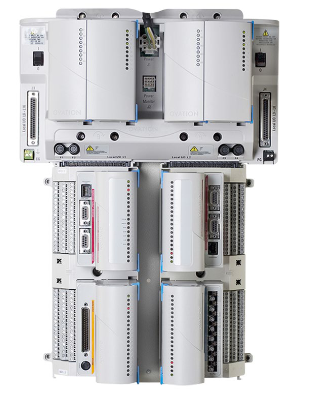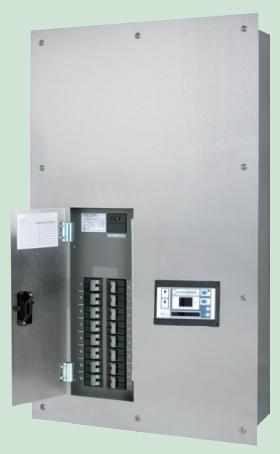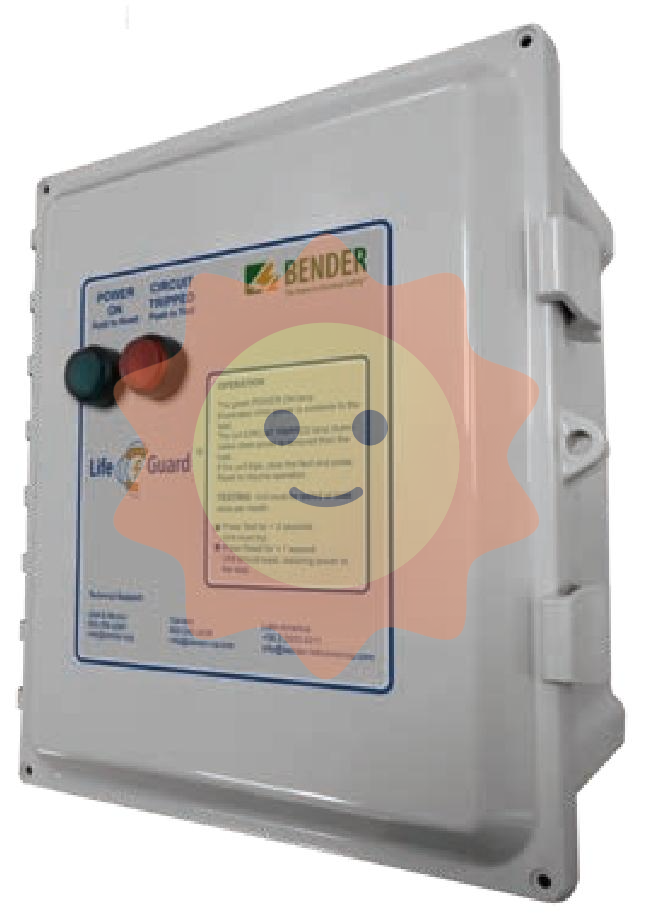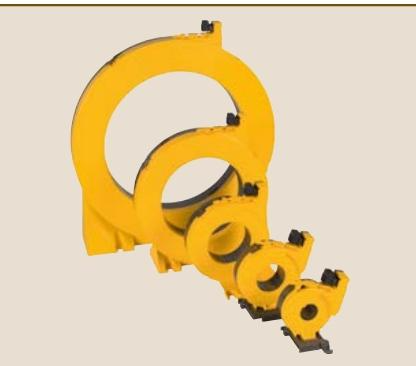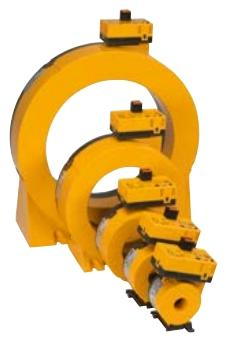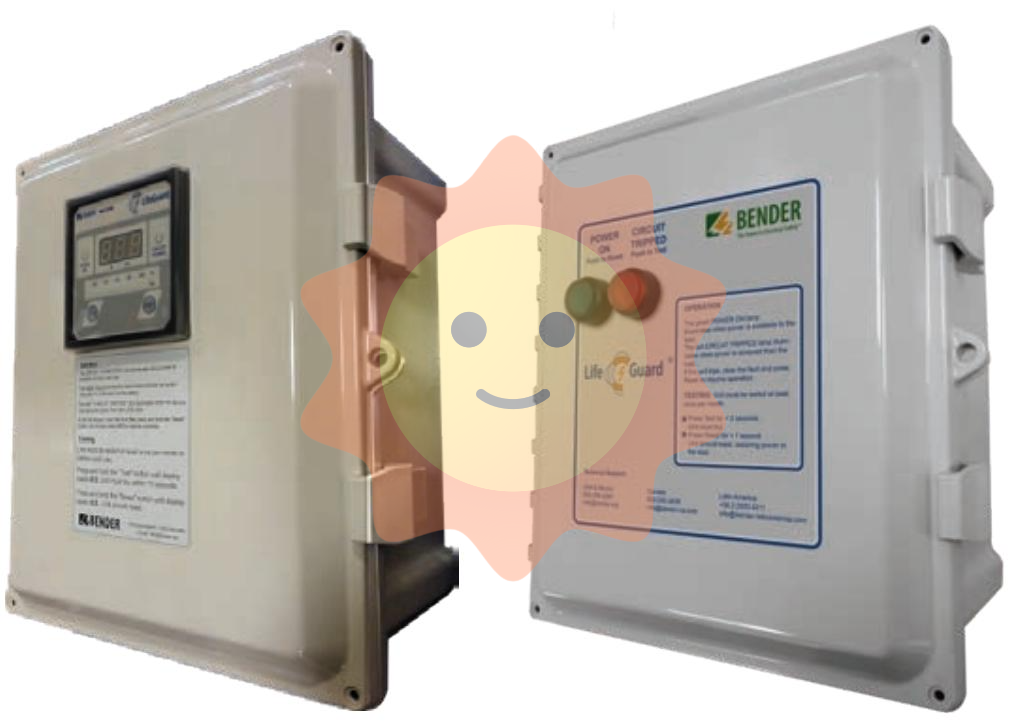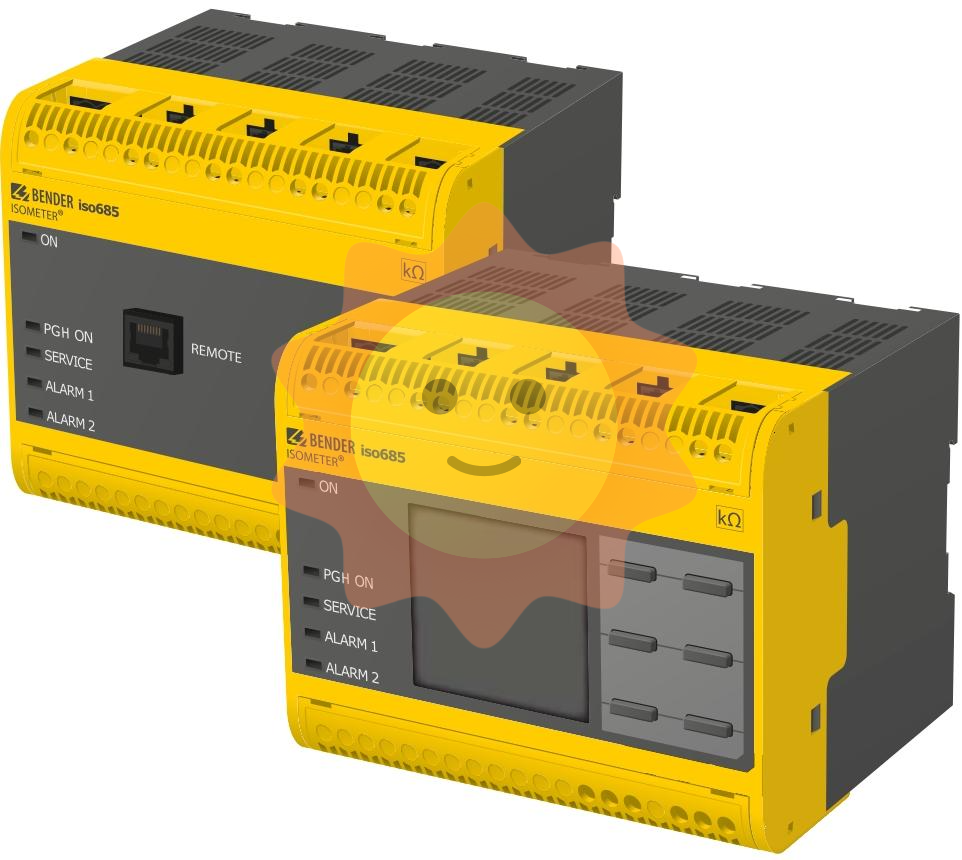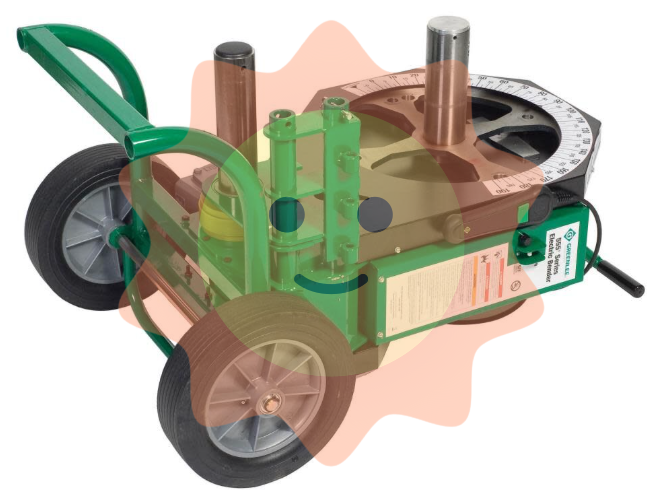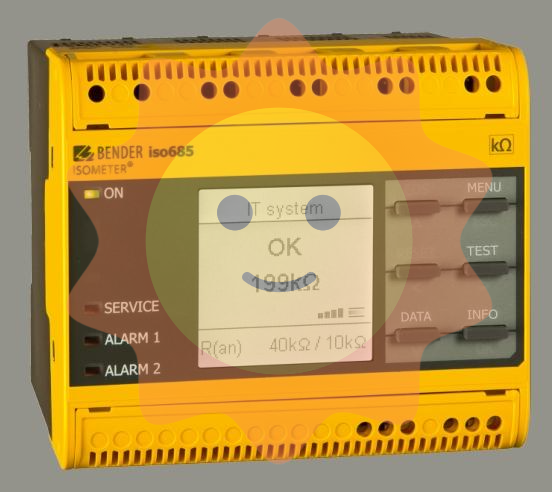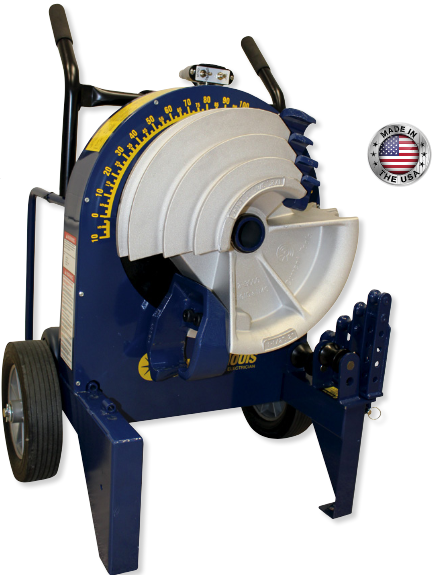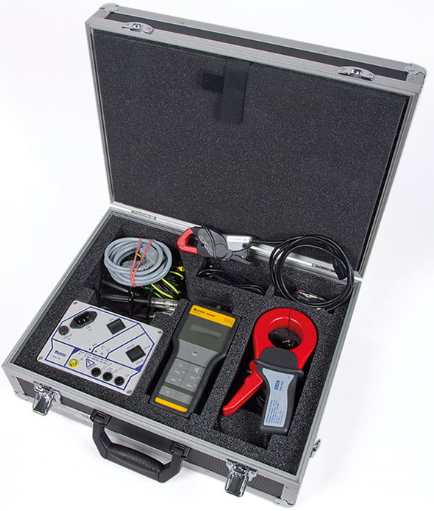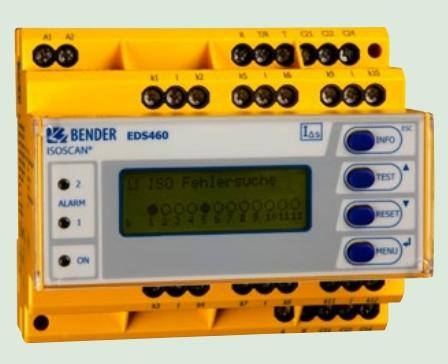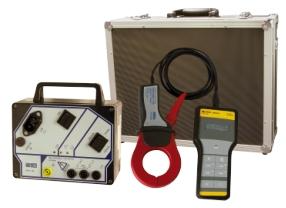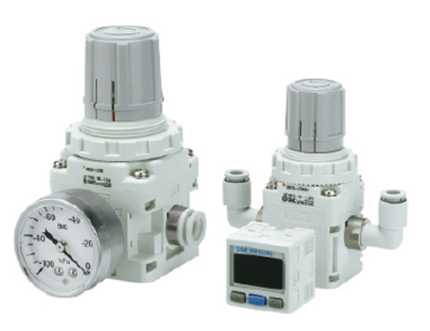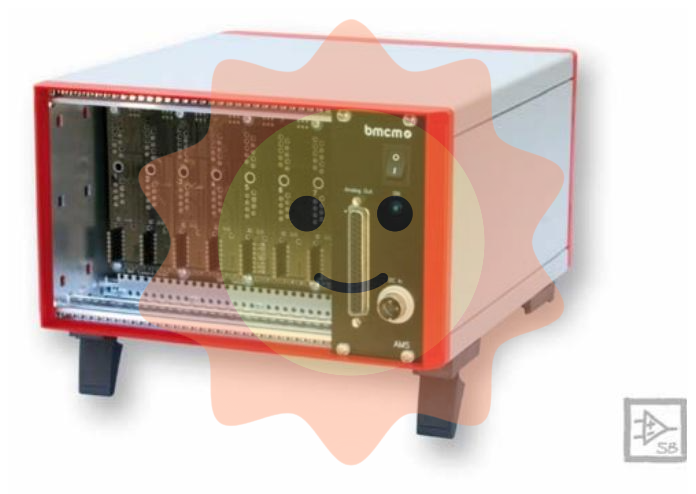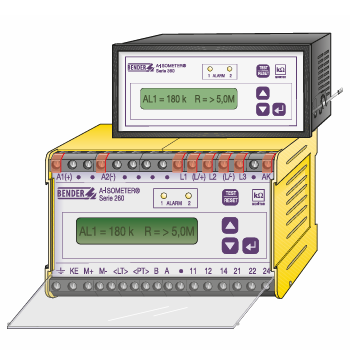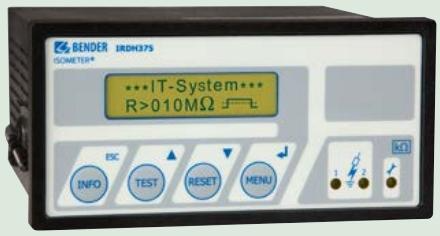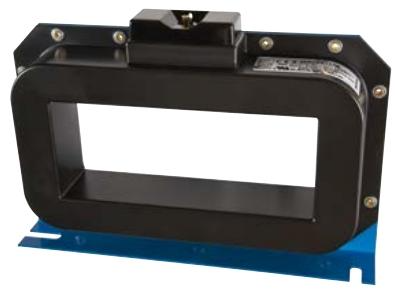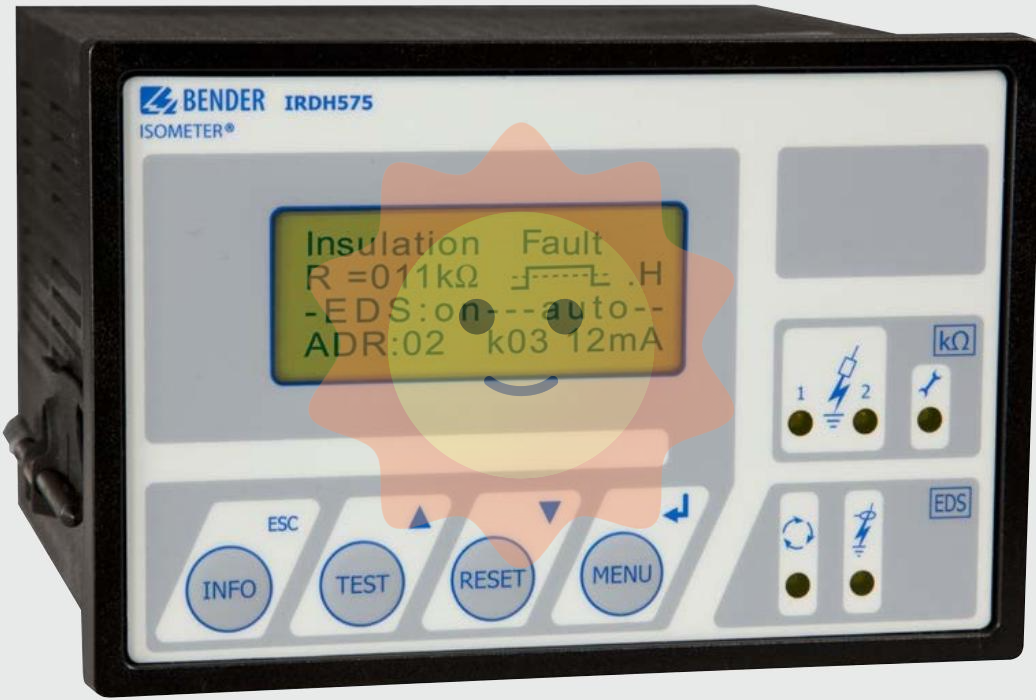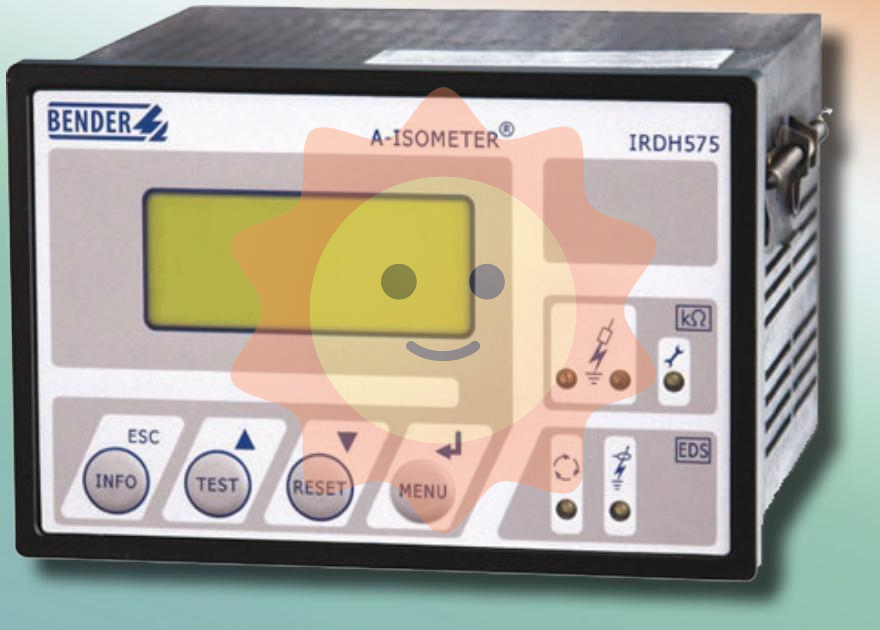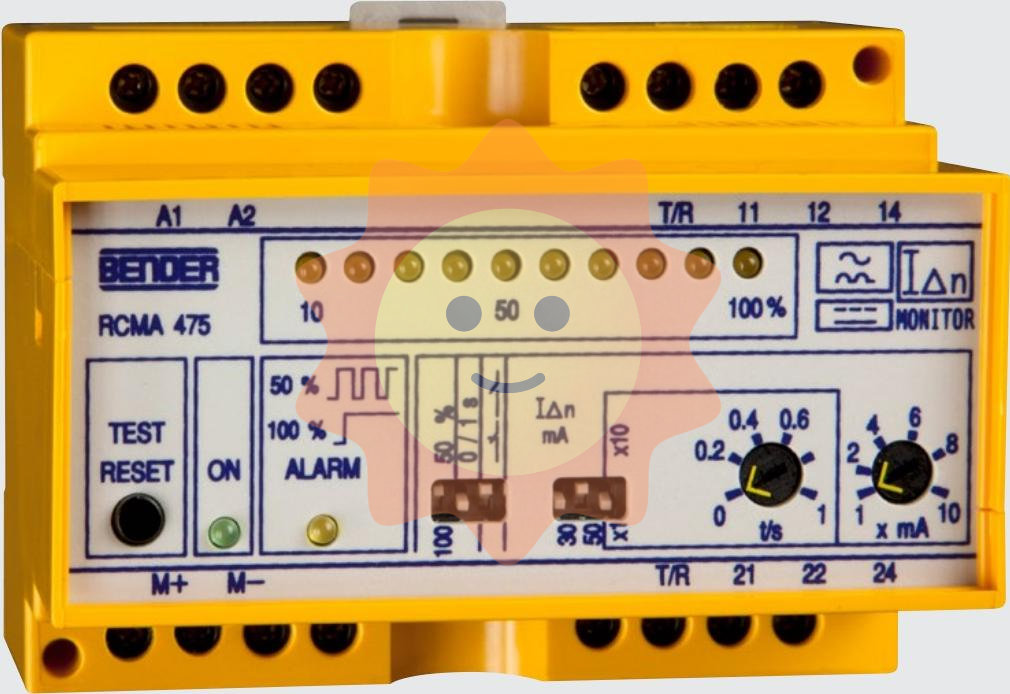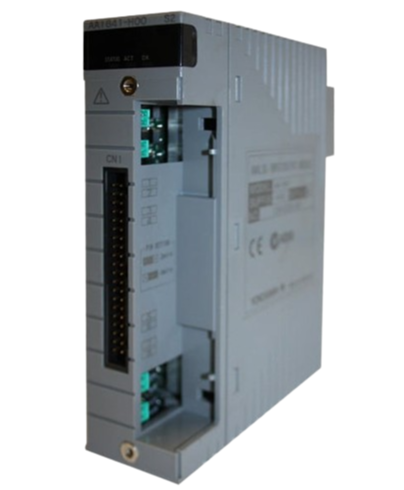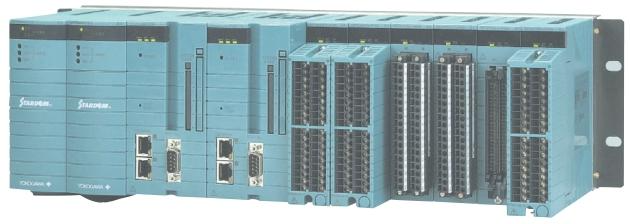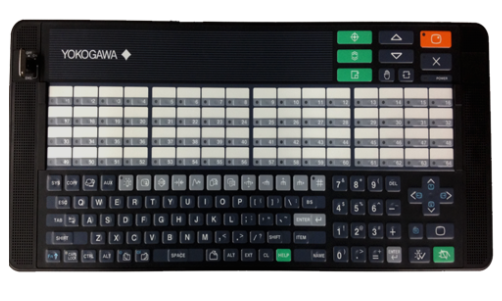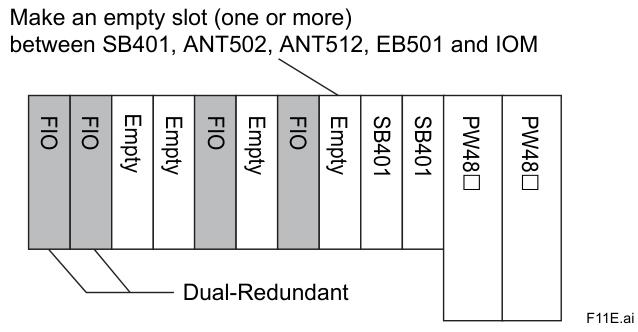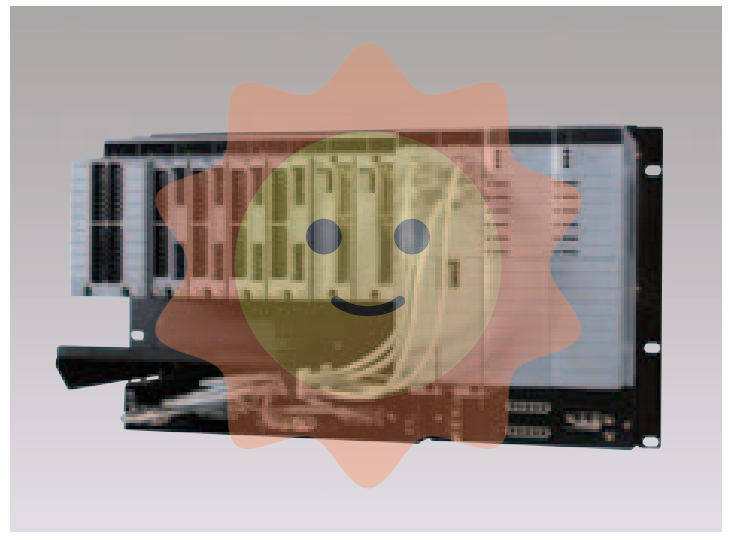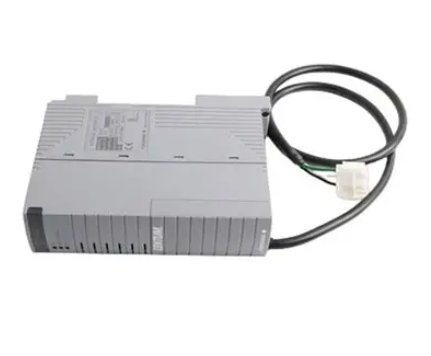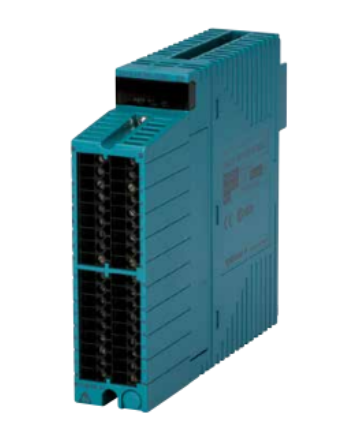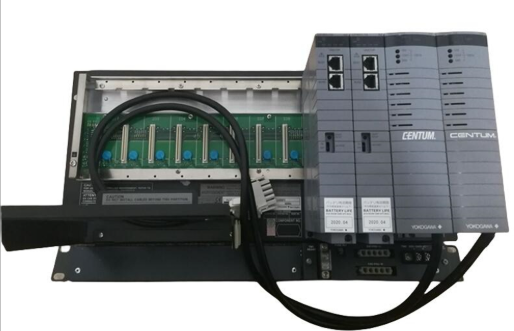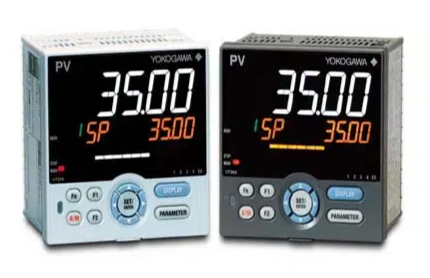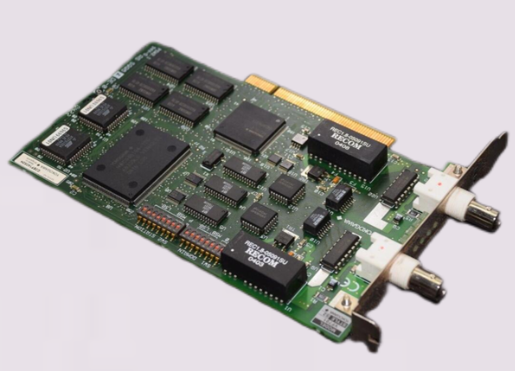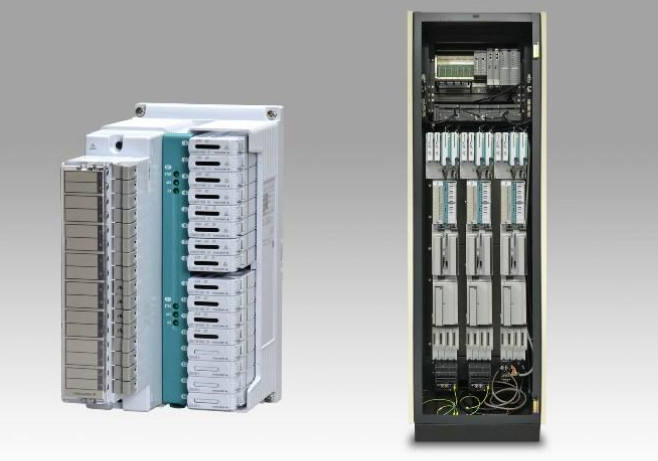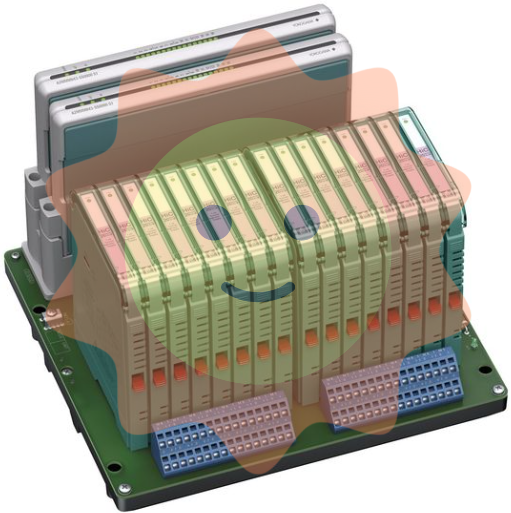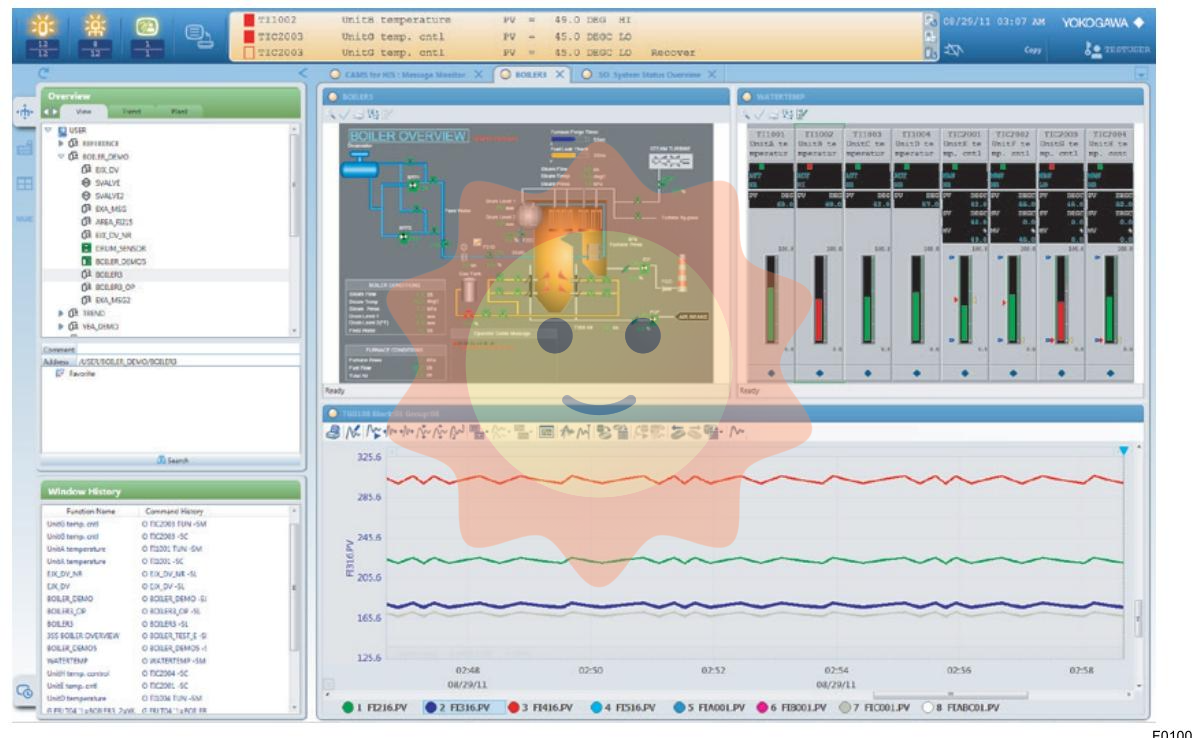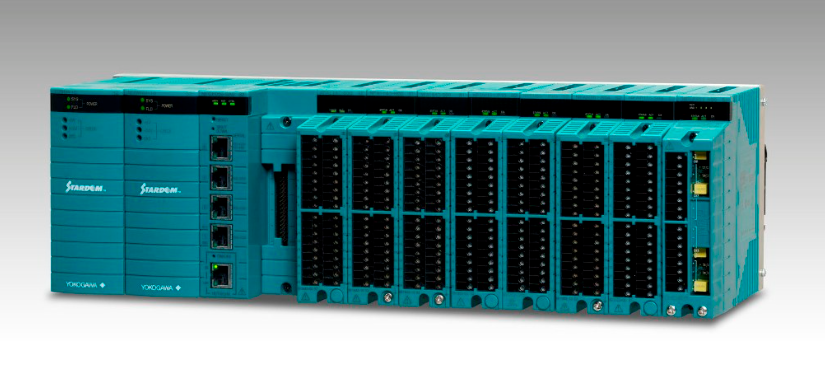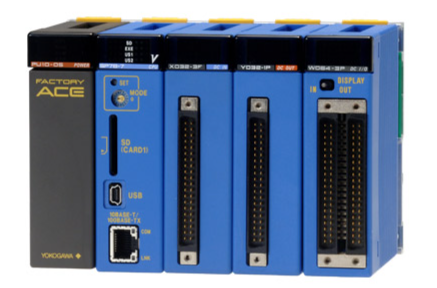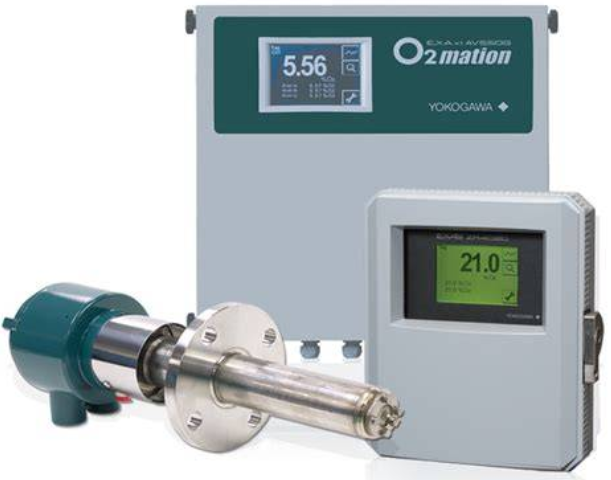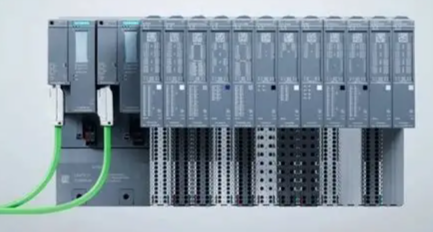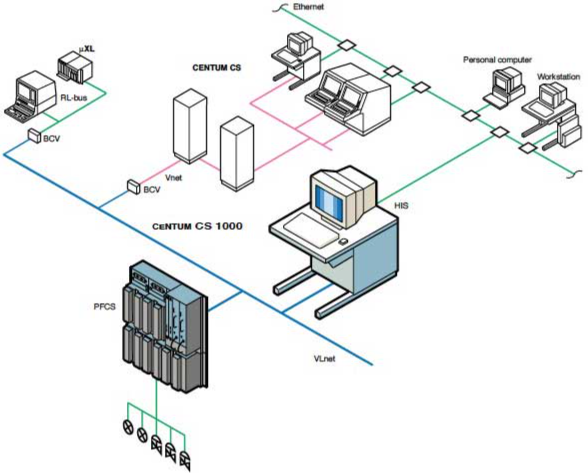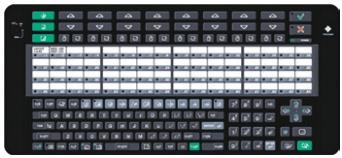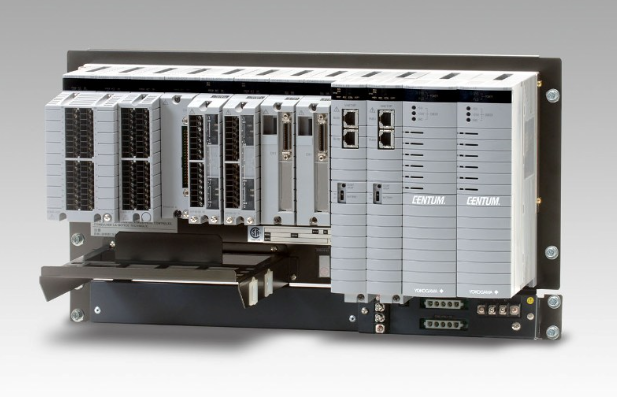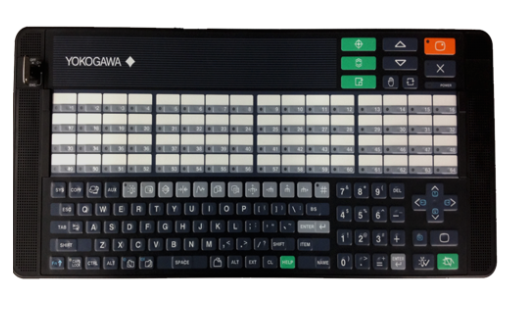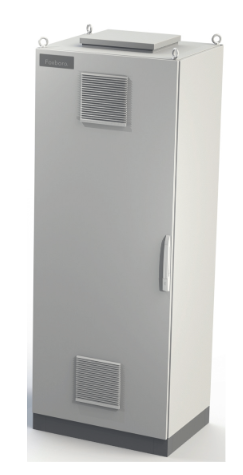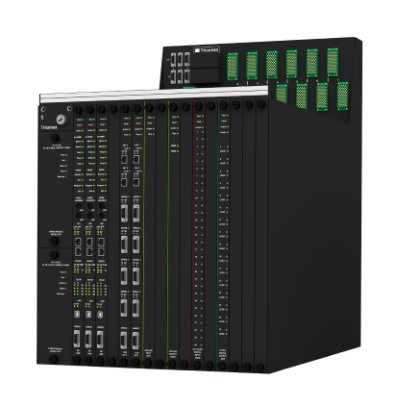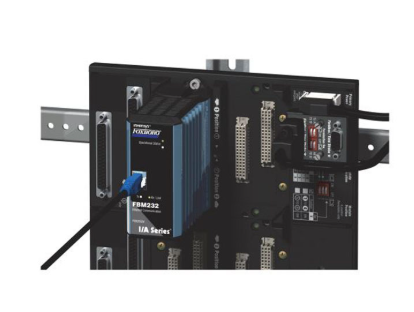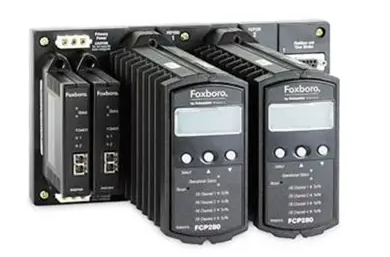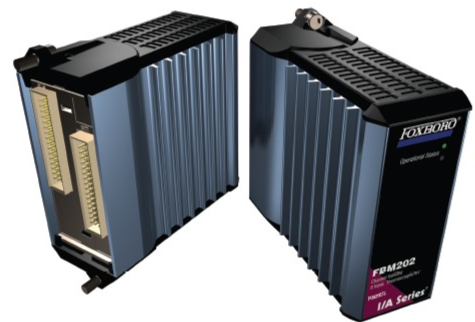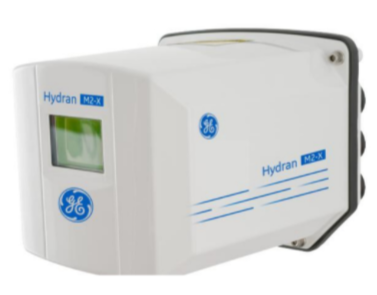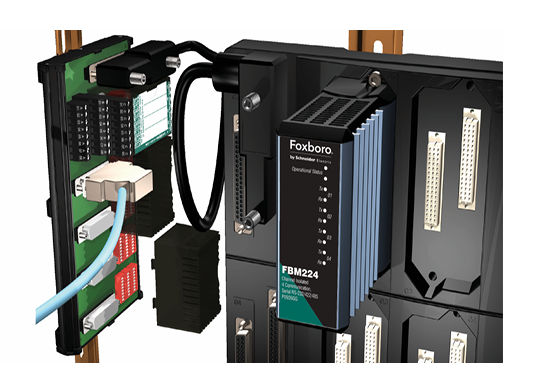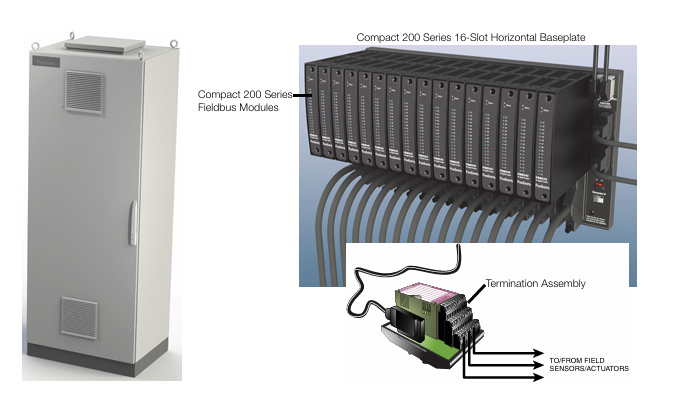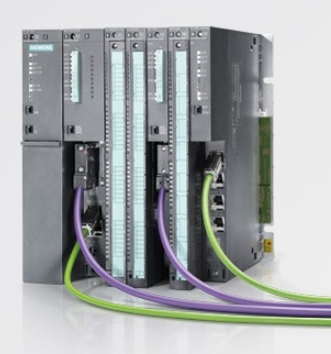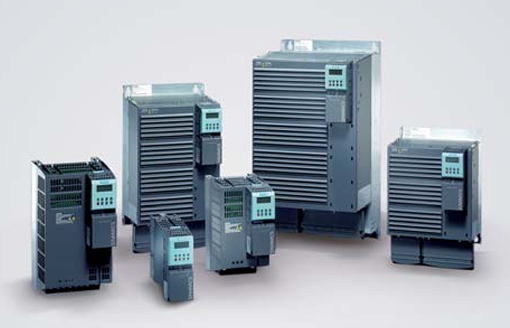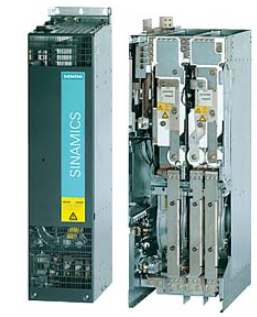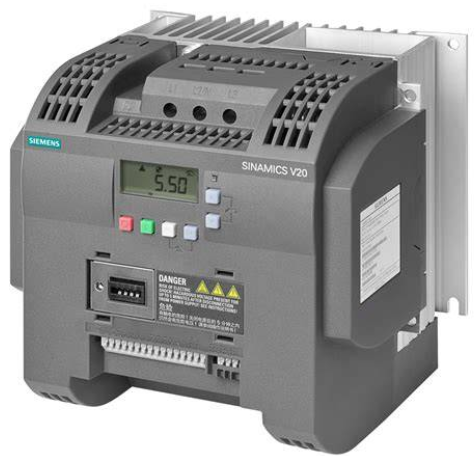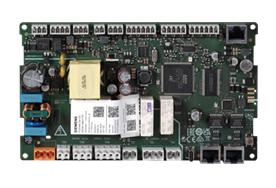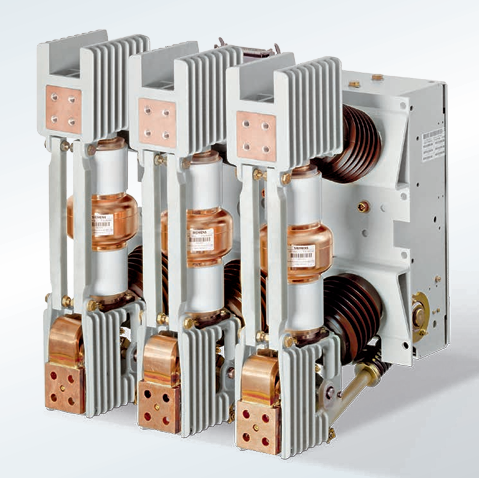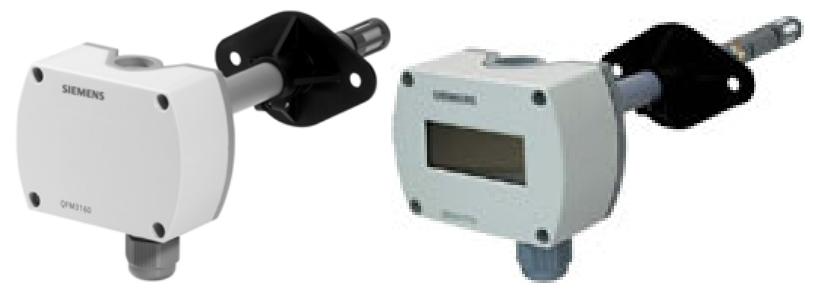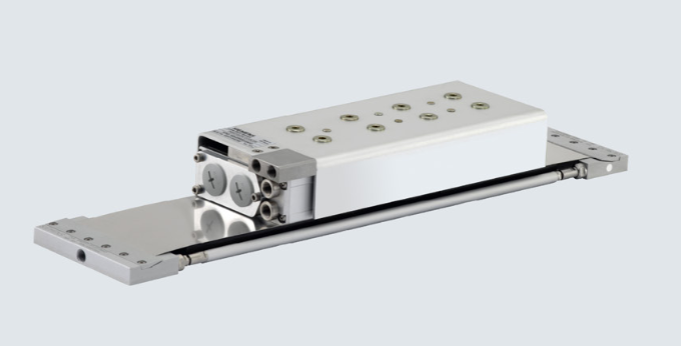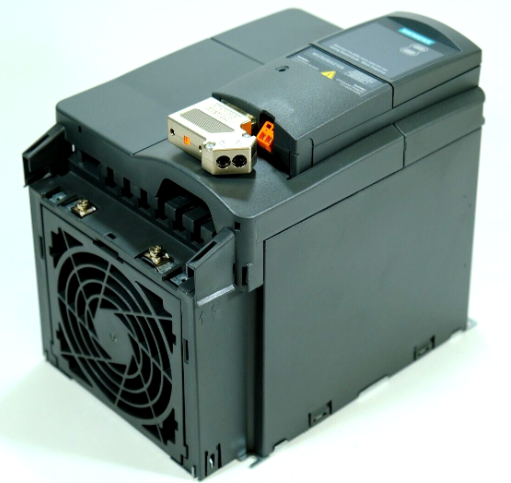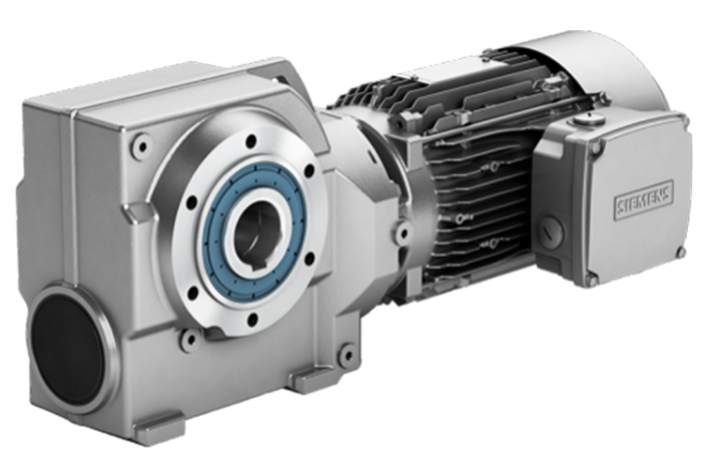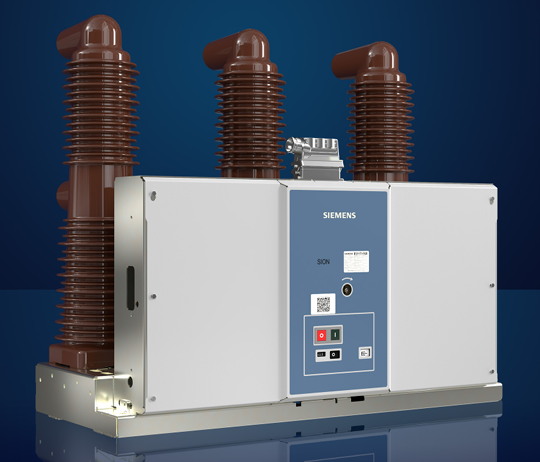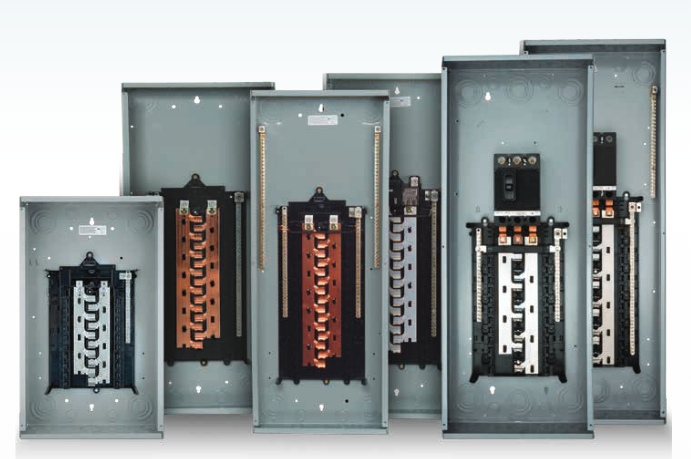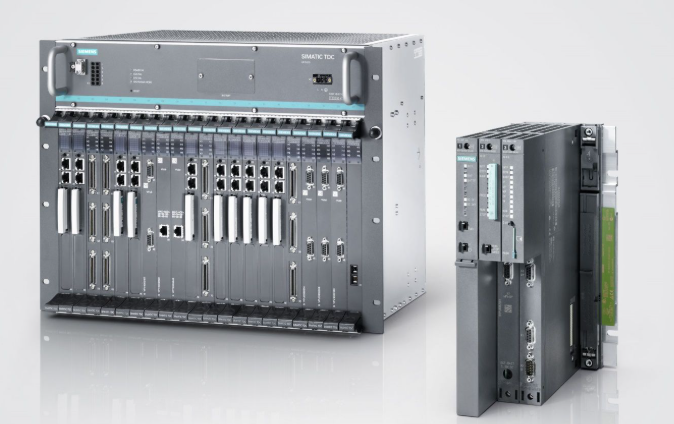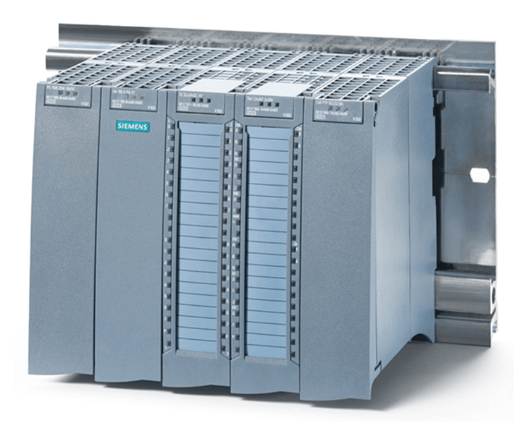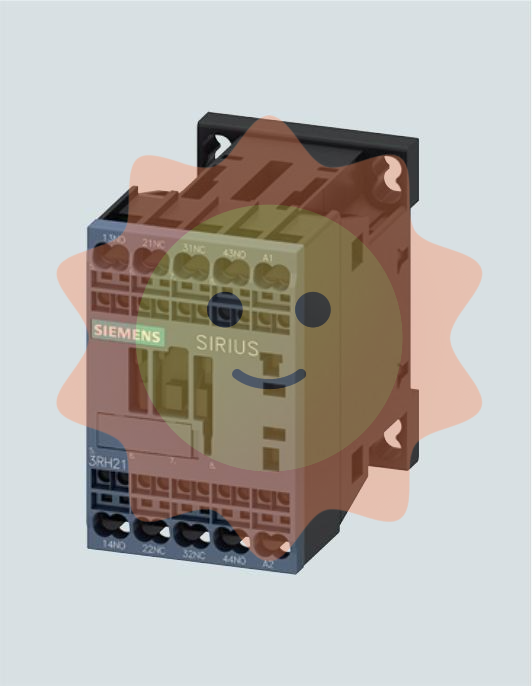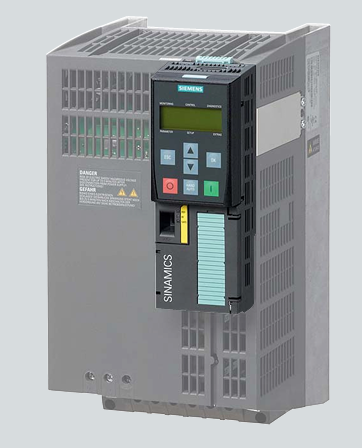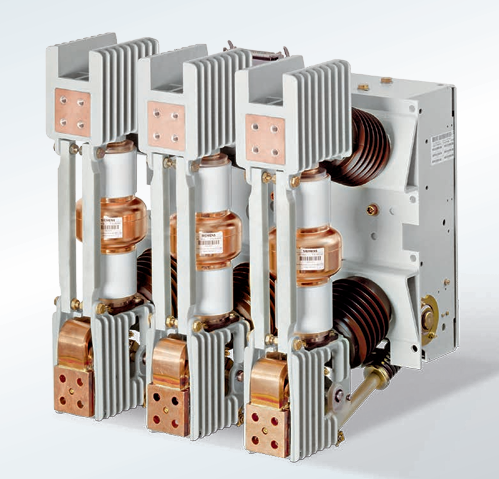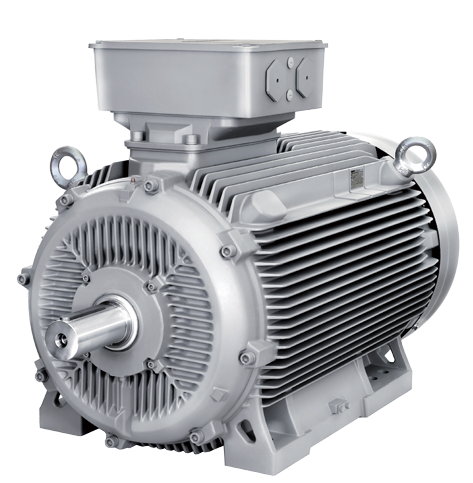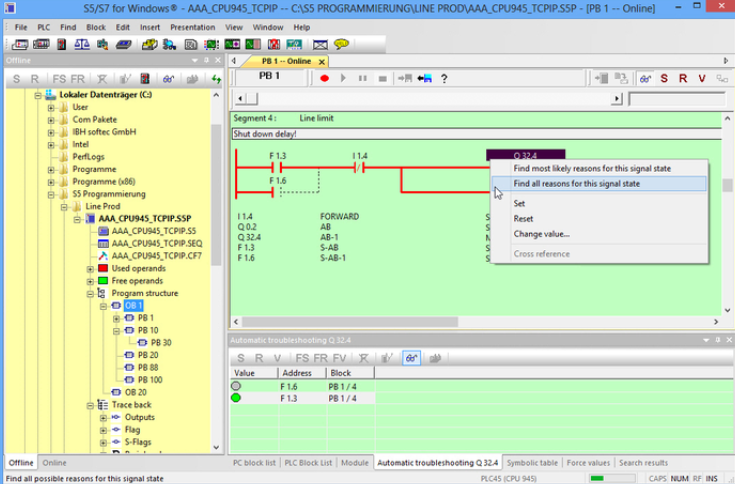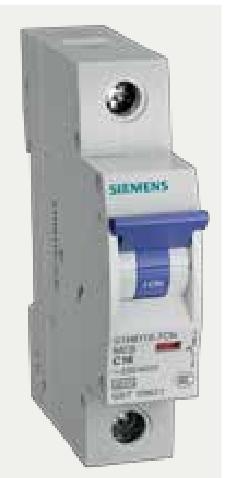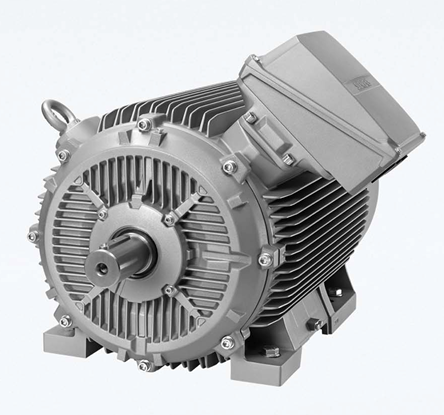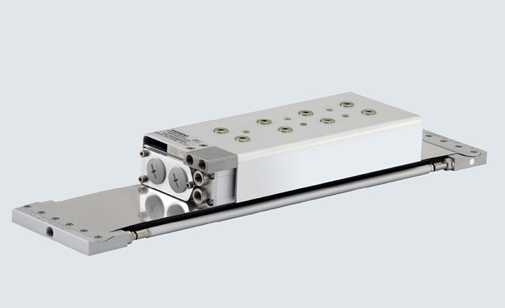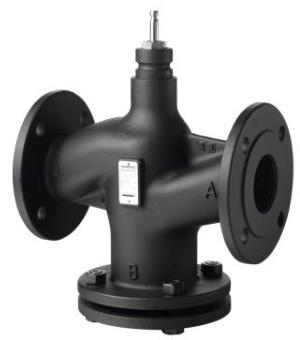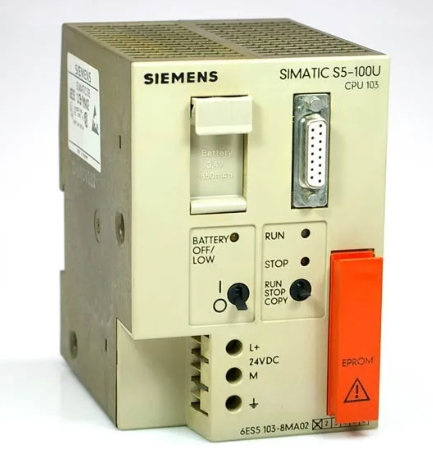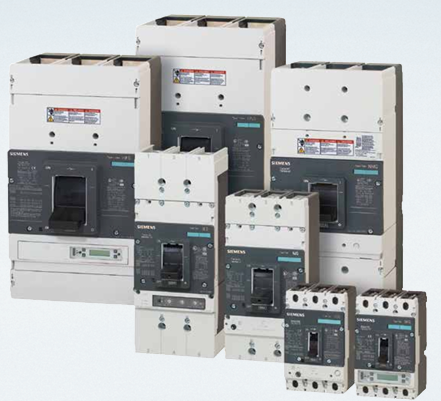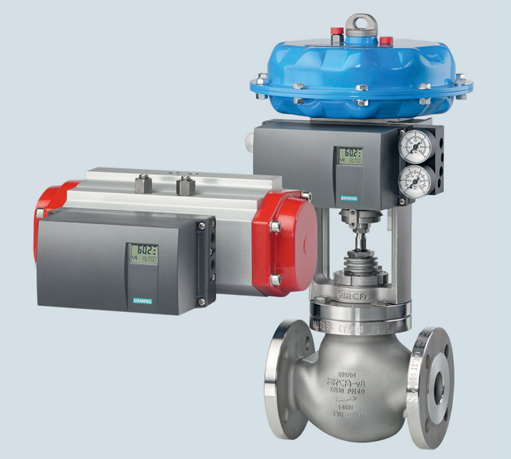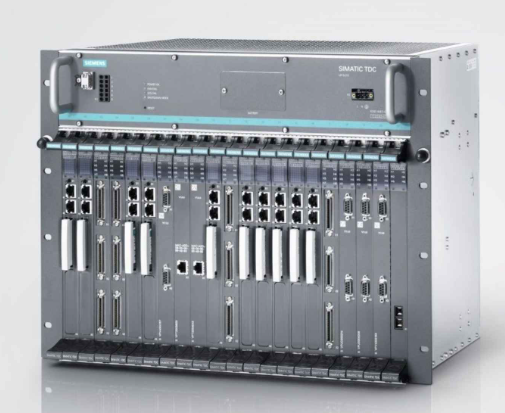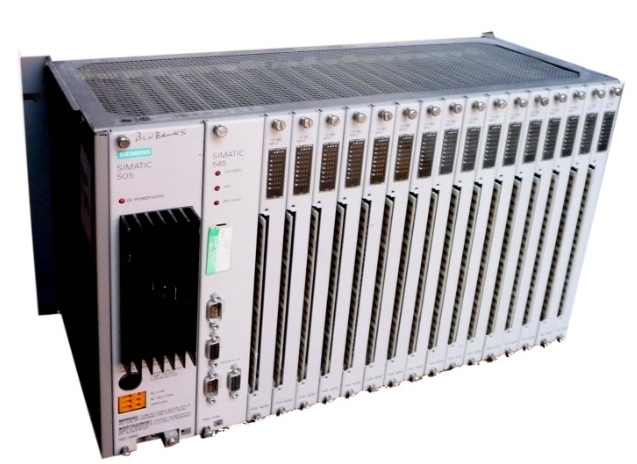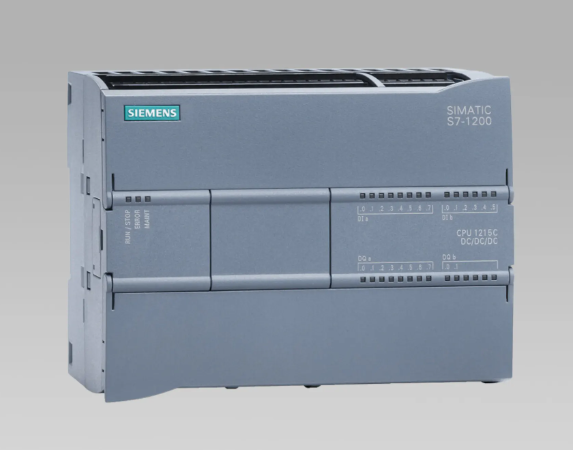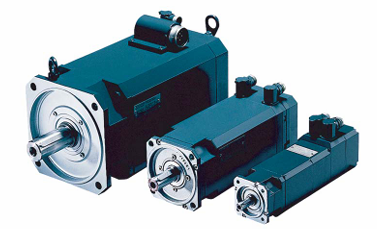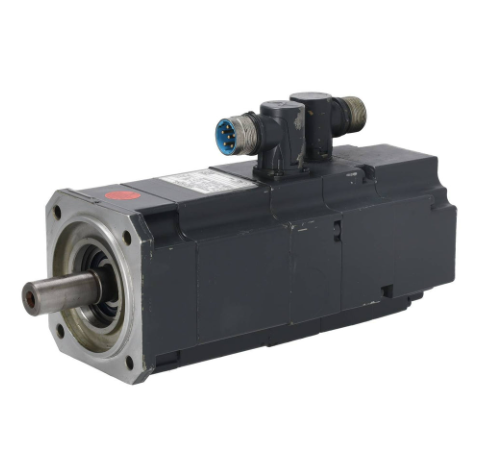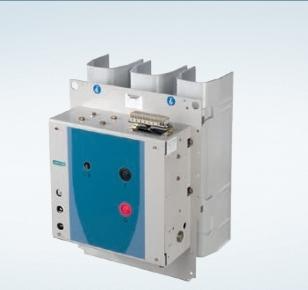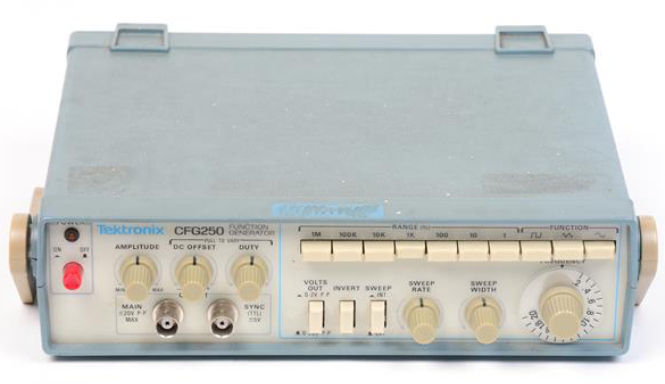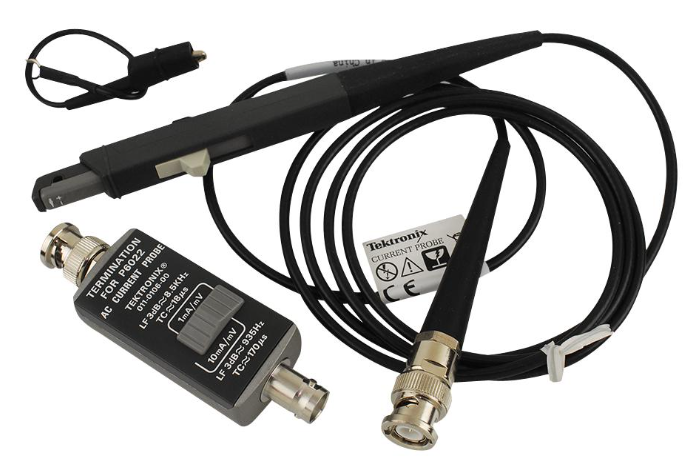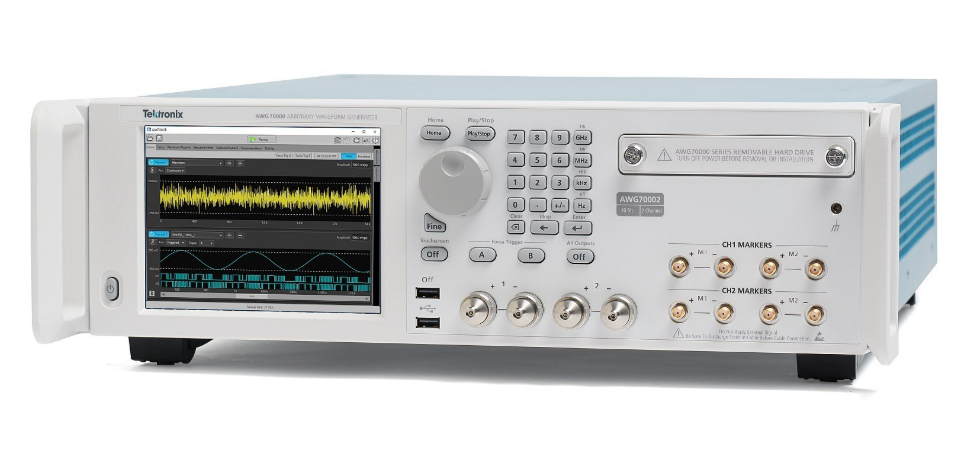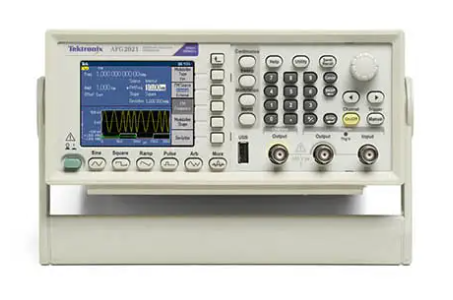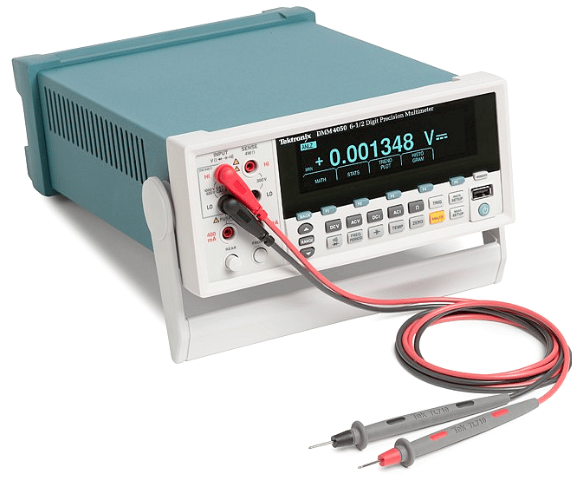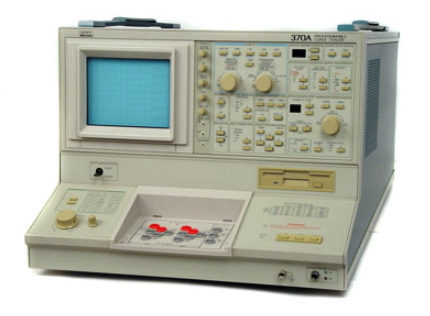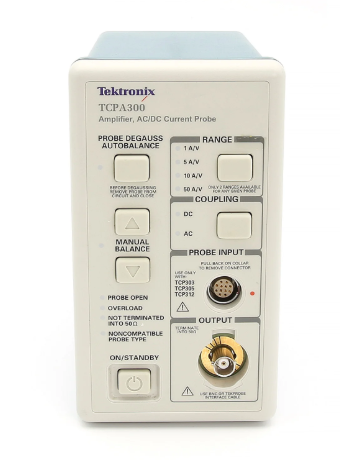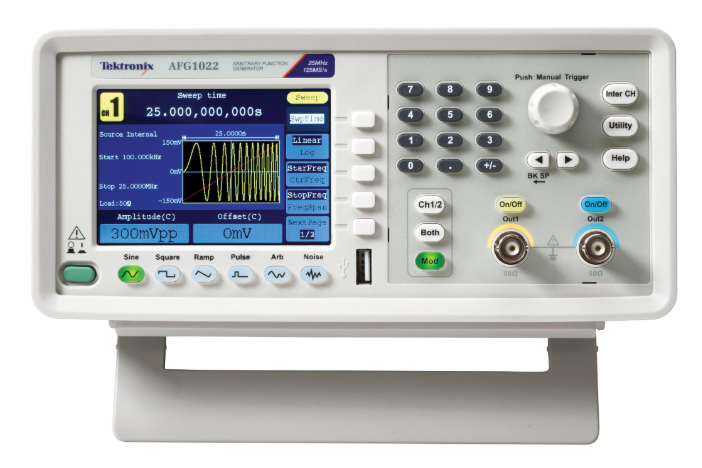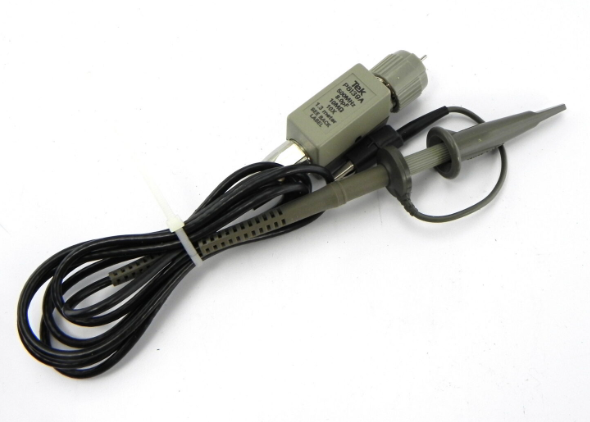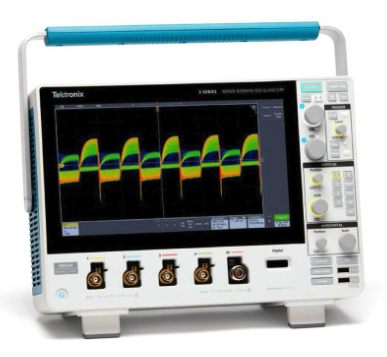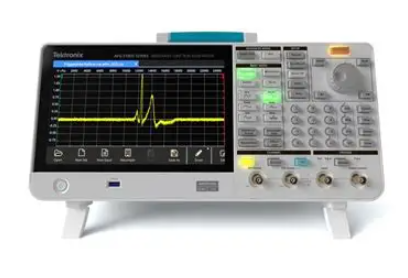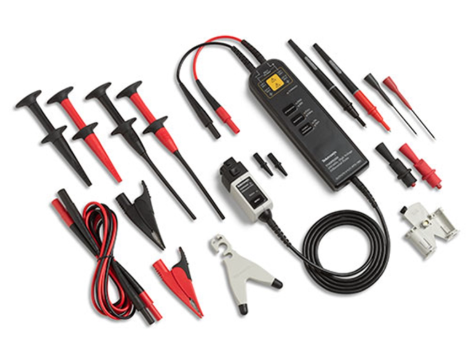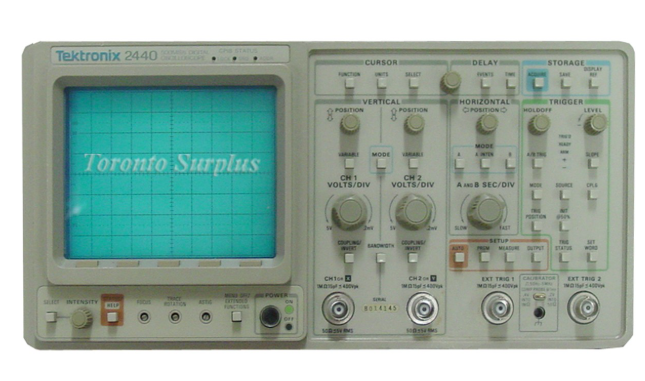GE IS200ERAXH1A - EX REG AUX I/0 (ERAX CARD) (PCM Part)
OVERVIEW
Product Description: The GE IS200ERAXH1A - EX REG AUX I/0 (ERAX CARD) is an input/output (I/O) card manufactured by General Electric (GE) and is part of the PCM (Power Conversion Module). It is mainly used as an auxiliary I/O interface for data interaction between external devices and the control system in a given control system. In complex industrial automation and control systems, it plays an important role in connecting external sensors and actuators to the core control unit.
Working Principle
Input Function Principle: On the input side, ERAX CARD has dedicated input channels for receiving external signals. These can be analogue signals from various industrial sensors (e.g. voltage signals from temperature sensors, current signals from pressure sensors) or digital signals (e.g. on-off signals from limit switches). In the case of analogue signals, they are converted to digital signals by internal analogue-to-digital (A/D) circuits so that they can be processed by the control system. The digital signals are then transmitted to the control system after appropriate level conversion and buffering.
Output function principle: On the output side, digital signals are sent to the ERAX CARD when commanded by the control system. for analogue outputs, the card's digital-to-analogue converter (D/A) circuitry converts the digital signals to analogue (e.g. to output voltage signals for controlling the opening of a valve or current signals for controlling the speed of a motor). For digital outputs, the signals are driven and amplified to meet the requirements of external digital devices (e.g., relays, indicators, etc.) for signal levels, currents, etc., and then the signals are output to the appropriate external devices.
Performance Characteristics
Multi-functional I/O interface: The card provides multiple types of I/O interfaces, which can flexibly handle different types of signals. It can receive and process analogue and digital signals at the same time, which makes it possible to connect a variety of industrial equipment, such as both sensors with analogue outputs such as temperature and pressure, and status detection sensors with switching outputs, as well as actuators that require analogue or digital input control, enhancing the versatility and compatibility of the system.
High-precision signal conversion: High precision in the conversion of analogue signals (A/D and D/A conversion). Accuracy is typically around ±0.1% - ±0.5% depending on the card configuration and application scenario. This high accuracy ensures accurate acquisition of signals from external devices and precise control of actuators, which is important in industrial processes (e.g., chemical, pharmaceutical, etc.) that require high control accuracy.
Signal processing capability and speed: With strong signal processing capability, it can quickly acquire, convert and transmit input signals, and at the same time output control signals in a timely manner. Higher data transfer rate to meet the requirements of industrial control systems for real-time, to ensure that the control system can quickly respond to changes in the state of external equipment, and timely output of effective control instructions.
Reliability and stability: It adopts industrial-grade electronic components, which enables it to operate stably in harsh industrial environments. It has the ability of anti-electromagnetic interference (EMI), which can effectively resist the influence of common sources of electromagnetic interference (such as large motors, welding machines, etc.) in industrial sites. At the same time, it may also have certain self-diagnosis and protection functions, such as over-current protection, over-voltage protection, etc., in order to prevent the card itself and the connected external equipment from being damaged.
Technical Parameters
Input parameters
Analogue Input Range: A variety of analogue signal ranges can be accepted, e.g. common voltage signal ranges may include 0 - 5V, 0 - 10V, current signal ranges may be 4 - 20mA, etc., depending on the specific application requirements and card configuration.
Digital Input Types: Supports a variety of digital signal level standards, such as TTL (Transistor - Transistor Logic) level, CMOS (Complementary Metal Oxide - Semiconductor) level, and is capable of handling different types of switching signals, such as sensor on/off signals, proximity switch signals, and so on.
Number of input channels and resolution (analogue inputs): a number of input channels, which may vary depending on the specific model, e.g. 4 - 8 input channels. The resolution of the analogue input channels may be 12 - 16 bit, the higher the resolution, the more accurate the acquisition of the analogue signal.
Output parameters
Analogue output range: The analogue output range corresponds to the input range, e.g. 0 - 5V or 4 - 20mA signals can be output for controlling the working status of external devices, e.g. opening of valves, rotating speed of motors etc.
Digital Output Characteristics: The digital outputs provide sufficient drive capability, and the output current can reach a certain value, e.g. tens of milliamps (mA), to ensure that external digital devices (e.g. relays, indicators, etc.) can be driven reliably. The signal levels of the outputs comply with industry standards, e.g. 3.3V - 5V (TTL levels) for high levels and close to 0V for low levels.
Number of output channels and update frequency (analogue output): there are a certain number of output channels, which may be the same as or different from the number of input channels, depending on the design. The analogue outputs have a high update frequency, capable of thousands of times per second, depending on the system setup and requirements, and the high update frequency helps to achieve precise dynamic control of external devices.
Communication parameters
Supported communication protocols: GE-specific communication protocols are supported for communicating with the control system, and may also be compatible with some industry-standard communication protocols (e.g. Modbus, etc.) to facilitate data interaction with other devices or systems.
Communication rate: In the internal system communication, the communication rate may reach about 10Mbps - 100Mbps, depending on the configuration of the system and the application scenario, to ensure the fast transmission of data between the card and the system.
Physical Parameters
Dimensions: The external dimensions are generally designed according to the standard card slot of the system, the length may be between 10 - 20cm, the width between 5 - 10cm, and the thickness between 1 - 3cm, which is easy to be inserted into the standard I/O slot of the system for installation.
Weight: Lightweight, typically between 50 - 200g, and not overly burdensome to the installation and structure of the system.
Environmental Parameters
Operating Temperature Range: Able to work in a wide range of temperatures, generally - 20 ℃ - + 60 ℃, can be adapted to different industrial field temperature conditions.
Humidity range: Relative humidity range is typically 10% - 90% (non-condensing), ensuring normal operation in different humidity environments.
Application Areas
Industrial automation field: In automated production lines, sensors and actuators used to connect various production equipment. For example, in the process of automobile manufacturing, it can receive the signal of the pressure sensor on the robot arm, and at the same time output the signal to control the robot's action; it can also collect the rotational speed signal of the conveyor belt motor, and output the signal to control the motor's start-stop and speed regulation, so as to realise the automation control and monitoring of the production line.
Process control system: In the chemical, pharmaceutical and other process control industries, it is used to collect and process the temperature, pressure, liquid level and other process parameters in the reactor, and output control signals to adjust the feed valve, heating or cooling device. For example, in the pharmaceutical production process, by receiving the temperature sensor signal inside the reaction kettle, according to the temperature changes in the output signal to control the heating or cooling system, to ensure that the drug production process in the appropriate temperature conditions.
Energy management system: In power systems, it can be used to collect operating parameters (such as temperature, pressure, etc.) of generators, transformers and other equipment, and output signals for equipment protection and control. For example, in a substation, it receives signals from transformer oil temperature sensors and outputs signals to activate cooling devices when the oil temperature is too high to ensure the safe operation of power equipment.
Installation and Maintenance
Installation requirements
Card slot installation: The ERAX CARD should be inserted correctly into the standard I/O card slot of the control system according to the system's installation manual. During the insertion process, make sure that the card has good contact with the card slot to avoid loose or poor contact that may cause signal transmission problems. After insertion, it may be necessary to secure the card by means of screws or clips to prevent the card from being ejected accidentally.
Wiring Connection: For wiring the input and output ports, use appropriate cables and connectors, and connect them according to the identification of the ports and the wiring diagram of the system. Connections should be made securely and care should be taken to avoid wiring errors, especially in the wiring of analogue and digital signals, which should be strictly differentiated. Also, ensure that the cable shielding (if any) is well grounded to minimise electromagnetic interference.

- User name Member Level Quantity Specification Purchase Date
- Satisfaction :
-









Email:wang@kongjiangauto.com

